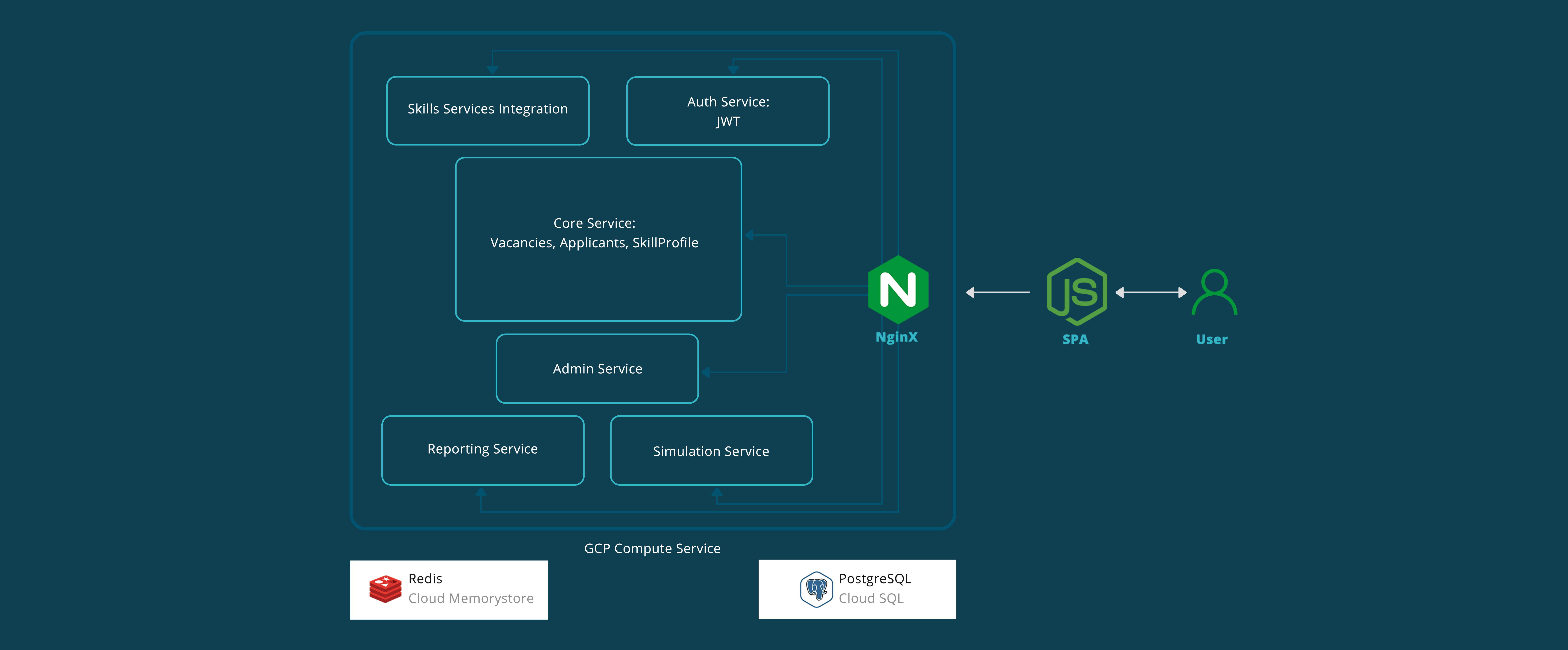
Client and Business Goals:
Resolved is a Belgian company that applies innovative practical approaches to talent and strategic management. The client’s goal was to create a SaaS solution to structure hiring processes and to deliver a smooth, evidence-based hiring process to customers.
Product Description:
RQRY is a web-based SaaS solution that provides medium to large organisations with an evidence-based decision making flow and advanced analytics during the hiring process.
Technology Stack:
Python, Django, Django REST Framework (DRF), JWT (token authentication), Access control management, server-side PDFs
JavaScript(Vue.js), Chart.js, SPA (Single Page Application)
Microservice Cloud infrastructure (Google Cloud Platform), Docker Swarm, Nginx, Redis, PostgreSQL
Project Highlights:
-Handling the development routine for the client
-Creating technologies to support product growth


Handling the Development Routine for the Client
Our team was tasked with designing the second version of the product. This was the client’s strategic goal. However, there were plenty of existing customers and businesses to grow, so the client required a solution provider that understood the scope of the project and could work independently.
The client set high level development goals and was available for discussing crucial topics. Most importantly, they constantly shared the overall business vision and customer expectations with the DataLupe team. This allowed us to make strategic day-to-day decisions without the need for frequent confirmation. Our consistent and regular delivery ensured that all parties were always on the same page with long-term goals and project progress.
Creating Technologies to Support Product Growth
The product was written from scratch using Python (Django) as the previous version was more of a PoC. We chose Python because there were plenty of complex calculations on the server-side. The client also intends to leverage data science down the road.
Applying microservice architecture allowed the client to provide separate modules as stand-alone services. For instance, vacancy simulations modules could be integrated with any other HRIS (Human Resources Information Systems).
Calculations that can analyze and match applicants and vacancies are what make this product so complex. The team had to dive deep into the core mathematics and algorithms in order to develop and test this advanced functionality.
